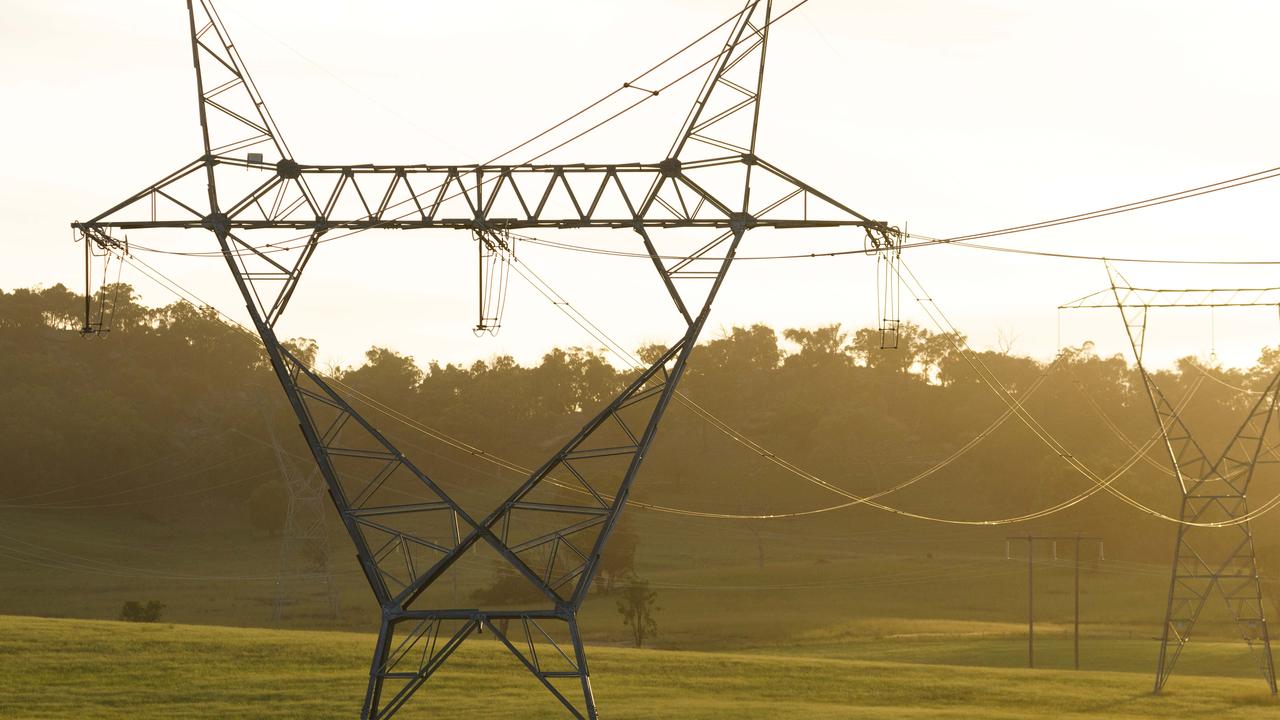Create A Beautiful & Functional Living Fence: A Practical Guide

Table of Contents
Planning Your Living Fence: Choosing the Right Plants and Location
Before you begin planting, careful planning is crucial for a thriving living fence. This involves assessing your site, selecting appropriate plants, and determining the fence's dimensions.
Site Assessment and Sunlight Exposure
Understanding your site's conditions is paramount. Different plants have varying sunlight requirements, and ignoring this can lead to poor growth or even plant failure.
- Assess sunlight hours daily: Note how many hours of direct sunlight your chosen location receives.
- Check soil type and drainage: Well-draining soil is essential; poor drainage can lead to root rot. Consider a soil test to determine its composition and pH.
- Analyze prevailing wind direction: Strong winds can damage or stunt plant growth. Choose a location sheltered from harsh winds, or select wind-resistant plant species.
Different plants thrive in various conditions. Sun-loving plants, like Lavender and Rosemary, need at least six hours of direct sunlight. Partial shade plants, such as Hydrangeas and Hollyhocks, prefer dappled sunlight. Understanding these needs ensures your living fence flourishes.
Selecting the Perfect Plants for Your Living Fence
Choosing the right plants is key to a successful living fence. Consider your climate, desired height, and aesthetic preferences.
- Evergreen vs. deciduous shrubs: Evergreens provide year-round screening, while deciduous shrubs offer seasonal color changes.
- Flowering vs. non-flowering options: Flowering plants add vibrant color and attract pollinators, while non-flowering options offer a simpler, more uniform look.
- Thorny vs. non-thorny varieties: Thorny plants, like Hawthorn or Pyracantha, offer enhanced security, while non-thorny options are safer for children and pets.
- Native plants for local ecosystem support: Opting for native species promotes biodiversity and reduces the need for excessive watering and fertilizers.
Consider plants like Privet (fast-growing), Berberis (thorny, colorful berries), or Holly (evergreen, dense). Consult local nurseries or online plant databases for species suitable to your region.
Determining the Fence's Height and Length
Calculate the number of plants needed based on their mature size and spacing requirements.
- Consider desired privacy level: Taller plants provide greater privacy.
- Local regulations on fence height: Check local bylaws regarding fence height restrictions.
- Spacing recommendations for selected plants: Follow the recommended spacing guidelines for your chosen species to ensure adequate growth and prevent overcrowding.
A simple calculation: Measure the length of your fence, divide it by the recommended spacing between plants (check plant tags or online resources), and you’ll get an approximate number of plants needed. It’s always better to err on the side of slightly more plants to ensure a dense, full fence.
Installation and Planting Techniques for a Thriving Living Fence
Proper installation and planting are crucial for a healthy living fence.
Preparing the Ground
Well-prepared soil is vital for strong root development.
- Soil testing: A soil test helps determine necessary amendments.
- Compost addition: Enrich the soil with compost to improve drainage, aeration, and nutrient content.
- Weed removal methods: Thoroughly remove existing weeds to prevent competition for resources.
- Ground leveling: Ensure the ground is level to ensure even plant growth.
Adding compost improves soil structure, providing essential nutrients for healthy growth. Removing weeds eliminates competition for water and nutrients.
Planting Your Chosen Plants
Proper planting techniques are essential for establishing a strong root system.
- Digging appropriate sized holes: Dig holes slightly larger than the root ball to avoid root restriction.
- Proper plant placement: Space plants according to the recommended spacing.
- Watering techniques: Water thoroughly after planting to settle the soil around the roots.
- Mulching: Apply a layer of mulch to retain moisture, suppress weeds, and regulate soil temperature.
Planting diagrams or videos can be incredibly helpful to visualize the process. Ensure the plants are planted at the correct depth, usually at the same level they were in their containers.
Post-Planting Care: Watering and Maintenance
Ongoing care ensures your living fence remains healthy and beautiful.
- Regular watering schedule: Water deeply and regularly, especially during dry periods.
- Appropriate fertilizer types: Use a balanced fertilizer to provide essential nutrients.
- Pruning techniques for shaping and maintaining the fence's structure: Regular pruning maintains the desired shape and size.
Address problems promptly. Early detection and treatment of pests and diseases prevent significant damage.
Enhancing Your Living Fence's Beauty and Functionality
Adding visual interest and integrating additional features enhances your living fence's appeal.
Adding Visual Interest
Create a dynamic and visually appealing living fence.
- Variety in plant species: Incorporate a mix of plants with varying textures, colors, and heights.
- Seasonal color changes: Choose plants that offer diverse colors throughout the year.
- Complementary plant combinations: Select plants that complement each other in terms of color, texture, and flowering times.
Integrating Additional Features
Enhance functionality with added features.
- Types of trellises: Trellises provide support for climbing plants, adding vertical interest.
- Gate styles: Choose a gate that complements your fence's style and provides easy access.
- Lighting options: Add lighting to highlight the fence's beauty at night.
- Privacy screens within the fence: Strategically placed plants can enhance privacy within the fence itself.
Conclusion
Creating a beautiful and functional living fence is a rewarding project that enhances your property's aesthetic appeal and environmental sustainability. Remember, proper planning, careful plant selection, and consistent maintenance are crucial for success. By following these steps, you'll enjoy the long-term benefits of a thriving, eco-friendly alternative to traditional fencing. Start building your beautiful and functional living fence now! Create your dream living fence today! Begin your journey to a greener, more attractive living space with a stunning living fence!

Featured Posts
-
 Emmy Winners Daughter Poses With Gerard Butler A Nepo Baby Moment
May 29, 2025
Emmy Winners Daughter Poses With Gerard Butler A Nepo Baby Moment
May 29, 2025 -
 Aj Odudu Breaks Silence The Fallout From Mickey Rourkes Celebrity Big Brother Comment
May 29, 2025
Aj Odudu Breaks Silence The Fallout From Mickey Rourkes Celebrity Big Brother Comment
May 29, 2025 -
 Fatal January Shooting In Seattle Park Second Arrest
May 29, 2025
Fatal January Shooting In Seattle Park Second Arrest
May 29, 2025 -
 Game Stops New Policy Limiting Pokemon Tcg Card Sales
May 29, 2025
Game Stops New Policy Limiting Pokemon Tcg Card Sales
May 29, 2025 -
 Landmark Greenwashing Lawsuit Targets Energy Australias Go Neutral Initiative
May 29, 2025
Landmark Greenwashing Lawsuit Targets Energy Australias Go Neutral Initiative
May 29, 2025
